Country Life's best architecture stories of 2018: Destruction, salvation and the Gunpowder Plot
Our roster of architecture writers have brought some astonishing stories of country houses which have survived and now thrive despite everything history has thrown at them. Here are the ten most popular of those articles from 2018.
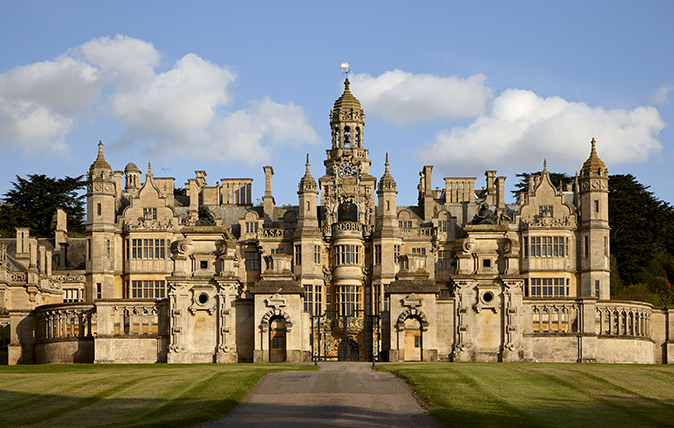
Harlaxton Manor, Lincolnshire: An American evolution
A landmark of Victorian England that was restored to splendour thanks to an American university.
Marston House, Somerset: A magnificent example of Victorian enrichment of a great Georgian country house
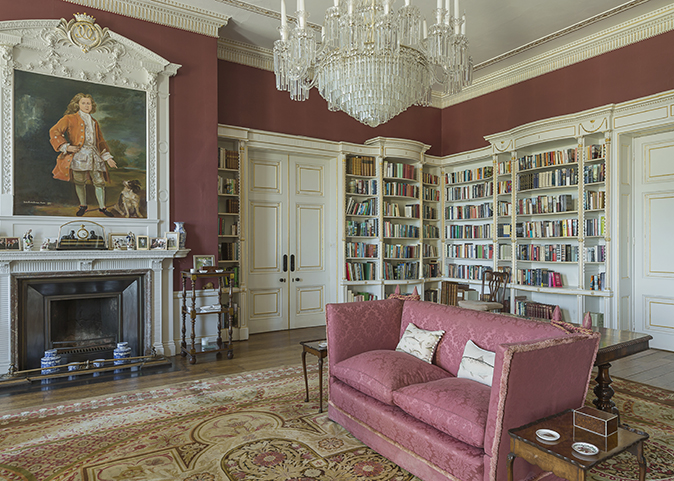
John Robinson on the remarkable history of this building and its return to private occupation after being saved from the wrecking ball.
Ockwells Manor, Berkshire: An insight into the splendours of grand living in 15th-century England
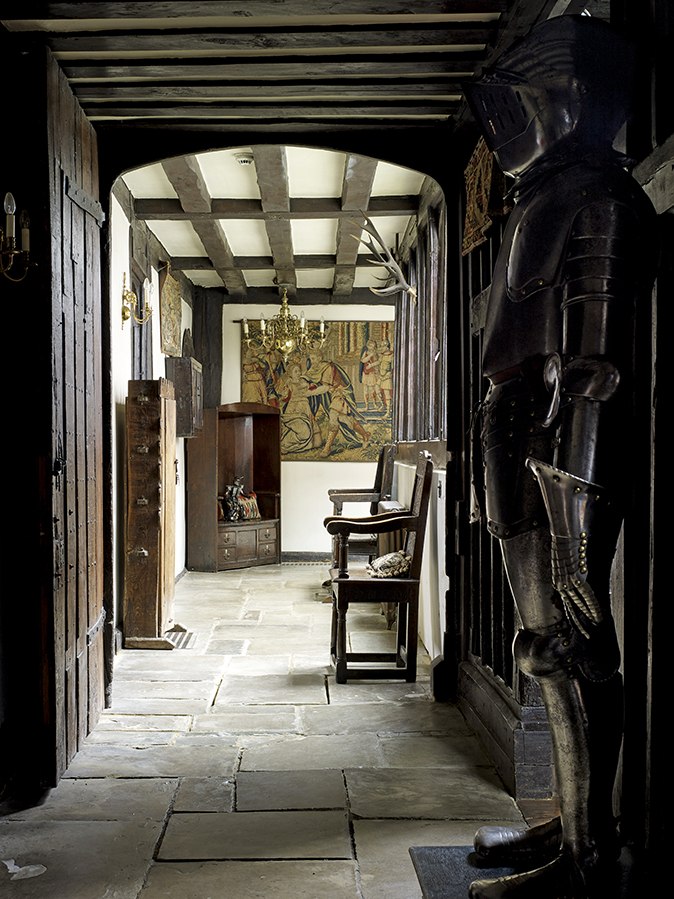
John Goodall on how a delightful timber-frame house offers insights into the realities of luxurious 15th-century living and the brutal complexities of Lancastrian politics.
Ince Castle, Cornwall: A country house risen from the flames
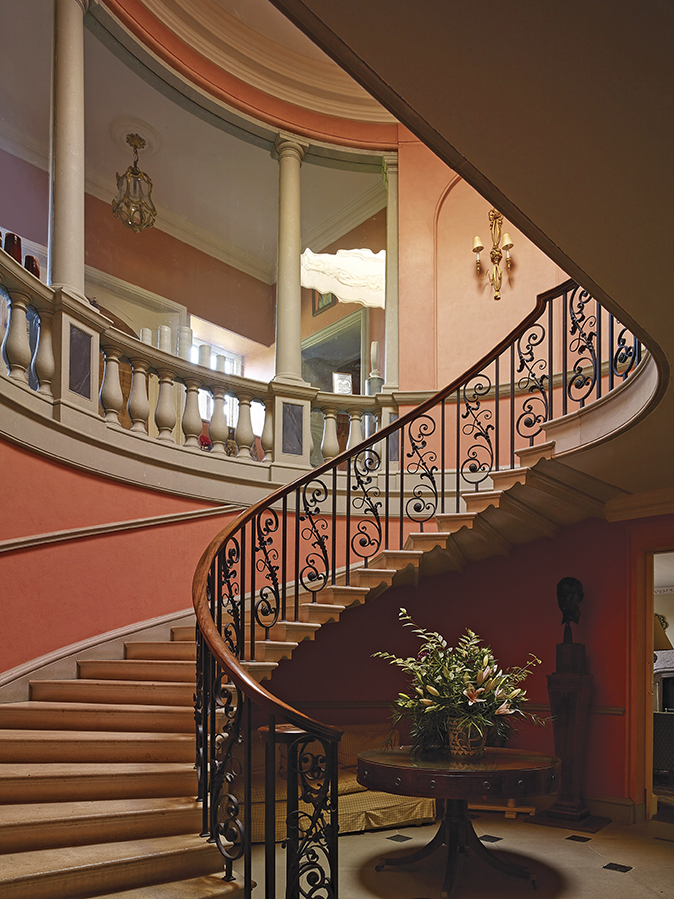
A serious fire can be the end of a country house, but, on occasion, it can also offer the opportunity for a sensitive and thoughtful reworking of a building. Ince Castle demonstrates this to perfection.
Exquisite houses, the beauty of Nature, and how to get the most from your life, straight to your inbox.
The demolition of Halnaby Hall is a warning from history, but destruction needn’t always be a disaster

The loss of our great country houses is lamentable, but need not always spell doom. Lucy Denton of Bidwells – who has family connections to the infamously-demolished Halnaby Hall – explains.
Stockton House, Wiltshire: An Elizabethan house packed with 21st century surprises
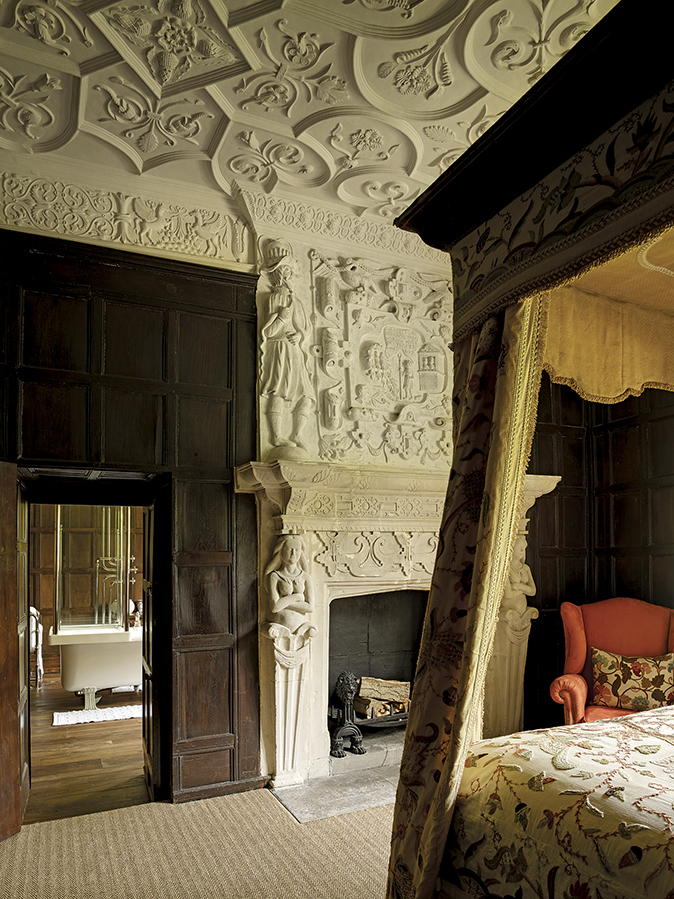
It takes a practised eye to spot what has happened to Stockton House over the past four years. At first sight, the house, set in Wiltshire’s lovely Wylye Valley, looks much as it did when Country Life last visited in 1984 or even when we first wrote about it in 1905. Read more at https://www.countrylife.co.uk/architecture/stockton-house-wiltshire-subtly-improving-on-the-elizabethans-172661#pgmTW8WhcvYHBuzW.99
Woodhall Park, Hertfordshire: An exemplary example of restoration that highlights the importance of colour in Georgian interiors
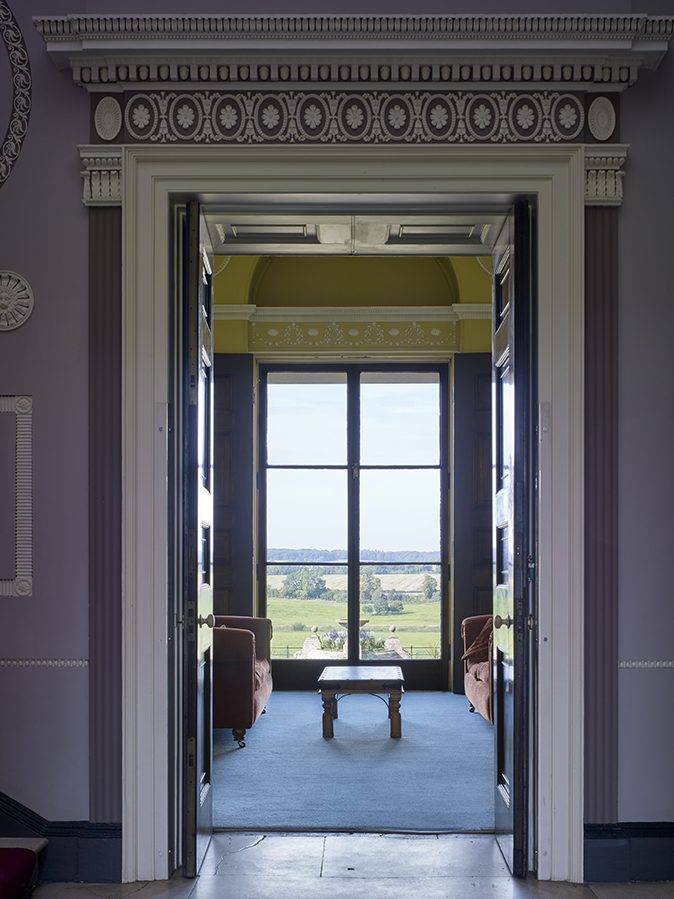
Woodhall Park was the creation of two notorious Indian nabobs, Sir Thomas Rumbold and Paul Benfield. Both men grew exceedingly and rapidly rich in the 1760s. Both returned to England to invest their new fortunes in a country estate.
Capheaton Hall, Northumberland: The revival of a country house that narrowly avoided demolition
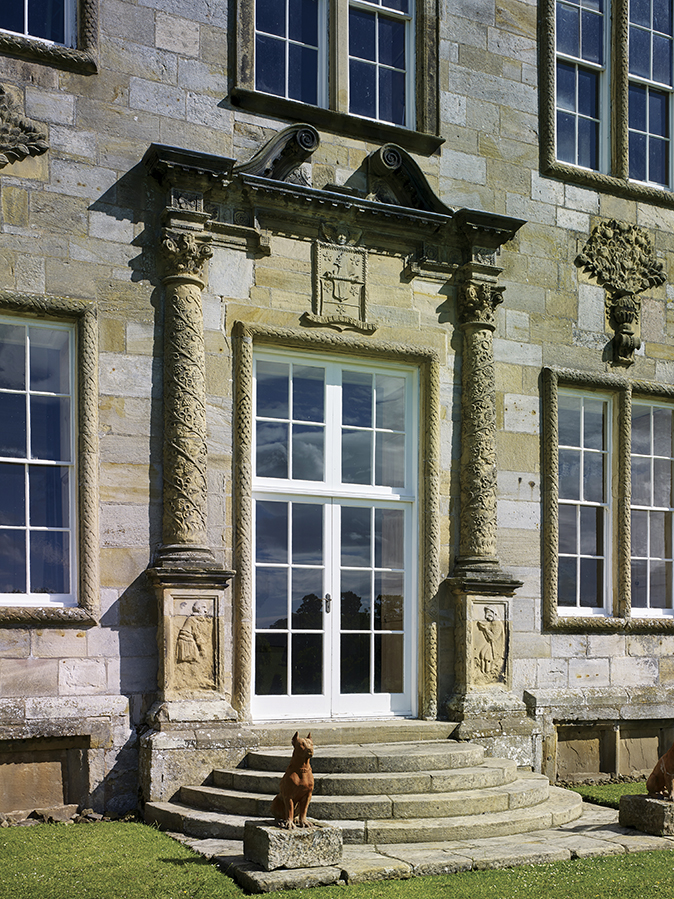
The Swinburnes, to whose descendants this house still belongs, came into possession of Capheaton in 1270. Against all the odds they're still there and going strong.
Ashby St Legers: A spectacular house where the Gunpowder Plot was hatched
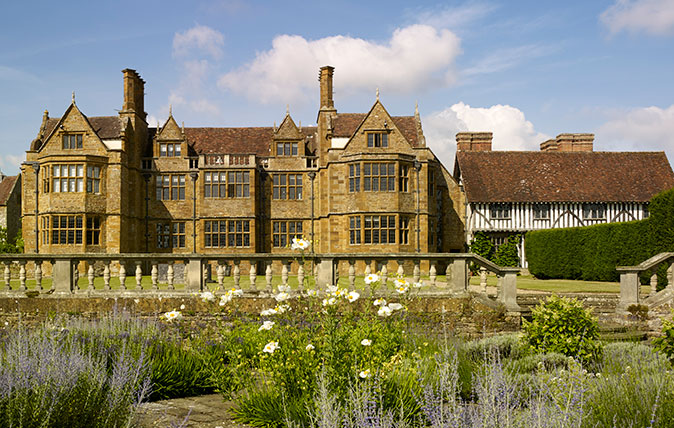
This house associated with the Gunpowder Plot was splendidly enlarged by Lutyens and is now enjoying a new lease of life as a modern family home.
Chenies Manor: The Tudor estate that encompasses an ancient oak tree beneath which Elizabeth I lost a piece of jewellery
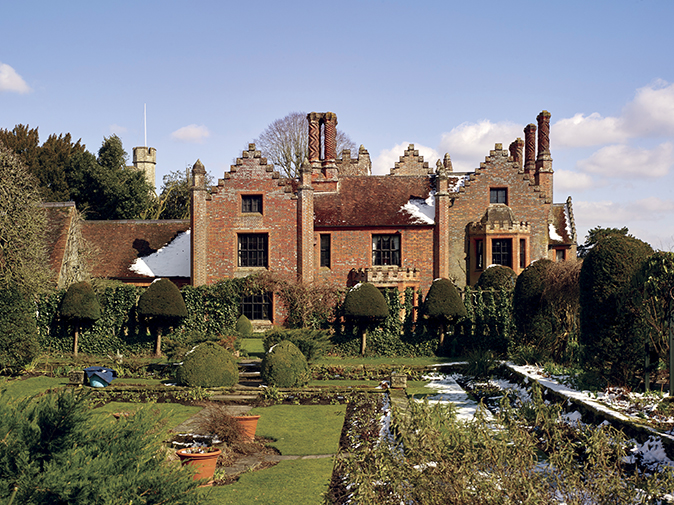
This Tudor house was the unlikely venue for the first meeting of the founding group of The Arts Society. John Goodall tells its remarkable story.
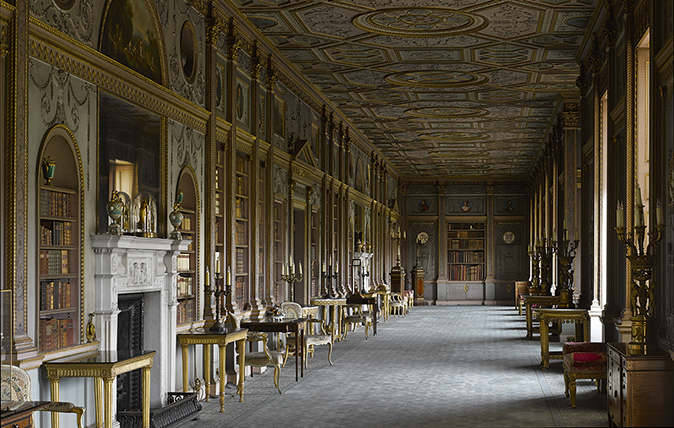
The Country House Library: Why these rooms and their collections need to be taken much more seriously
A new account of the country-house library will compel us all to reassess these rooms and their collections, says John
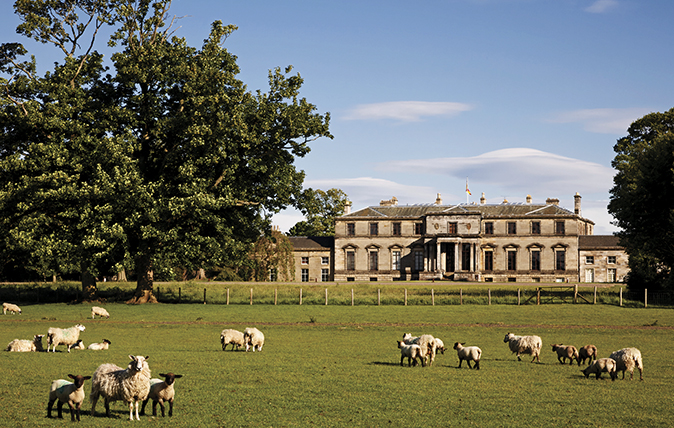
Broomhall, Fife: A stupendous country house restored by the Earl of Elgin after 40 years of thought
The Earl of Elgin, celebrated for securing the sculpture from the Parthenon, spent 40 years toying with the reconstruction of
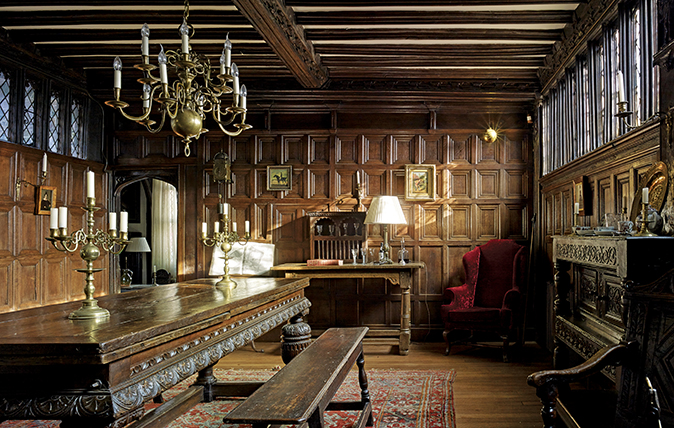
Alston Court, Suffolk: A vivid insight into Tudor living on the grand scale
One of the most important late-medieval merchant’s houses in the country offers a vivid insight into Tudor living on the
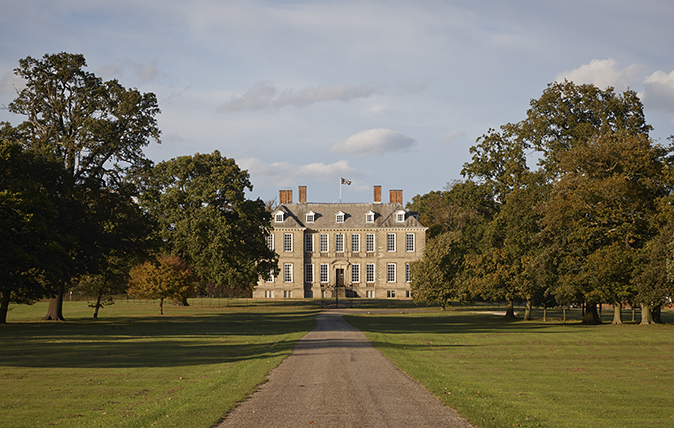
Stanford Hall, Leicestershire: A vibrant estate playing an active role in the world around it
An ambitious round of restoration work is reviving an estate and country house after a challenging 20th century. John Goodall
Toby Keel is Country Life's Digital Director, and has been running the website and social media channels since 2016. A former sports journalist, he writes about property, cars, lifestyle, travel, nature.

